Two of the world’s biggest film festivals — in Venice and Toronto — have just concluded, where filmmakers and film lovers alike have experienced the very best of cinema exhibition. Those from India will now have to return home and resign themselves to the sub-par experience of watching movies in our cinema theatres, and the contrast will likely be stark. Here, many a time the picture is dim, dull and washed out. If you haven’t noticed this yet, keep an eye out the next time.


Going to the cinema is a bit like going to church. The cool dark auditorium, the towering screen, the hushed silence, all make for an immersive, almost spiritual process. This also means that short of something egregious, you’re unlikely to question the nature of the experience, apart from grumbling about the price of popcorn.
“I often find that a movie I’ve seen in the hall looks much better on OTT — the colours, the light and shadow, the details,” says acclaimed film critic Baradwaj Rangan. “People talk about the big screen experience but why will you go for the big screen when the quality is so poor? I can get a much better picture at home!”
The grim state of the movie-watching experience comprises many elements, ranging from high ticket prices and increasingly smaller screens, to sound leakage from the next auditorium, but for this article, the focus is on projection. There are roughly 9,000 screens across the country and, inevitably, there is a wide range in the quality one encounters. The venues that deliver the highest standards of projection are few and far between. For a country obsessed with cinema, this is a glaring drawback.

Fading lamp projectors
The beating heart of the cinema theatre is the projector, a big, bright, light-emitting machine that throws the image onto the screen. The current crop of digital projectors can broadly be divided into two types, the older ones that use lamps as a light source, and the newer ones that use laser beams to project the image. The vast majority of theatres in India still use lamp projectors.
The brightness of a cinema screen is usually measured in foot lamberts (fL). Since the days of film projection, the brightness level that theatres are expected to hit is 14 fL. But often what we get here in India is well short of this.
“Lasers are 20%-25% more expensive and far more recent compared to lamp projectors,” says Senthil Kumar, co-founder of Qube Cinema, a leading provider of digital cinema solutions (including projectors) in India. “So, laser projectors will be a very small percentage in India, maybe 10%-15%”.
These projectors are complex machines with multiple delicately balanced components. This complexity means that a projector needs to be finely calibrated, and operated and maintained with care, to ensure that the audience gets the best possible experience.
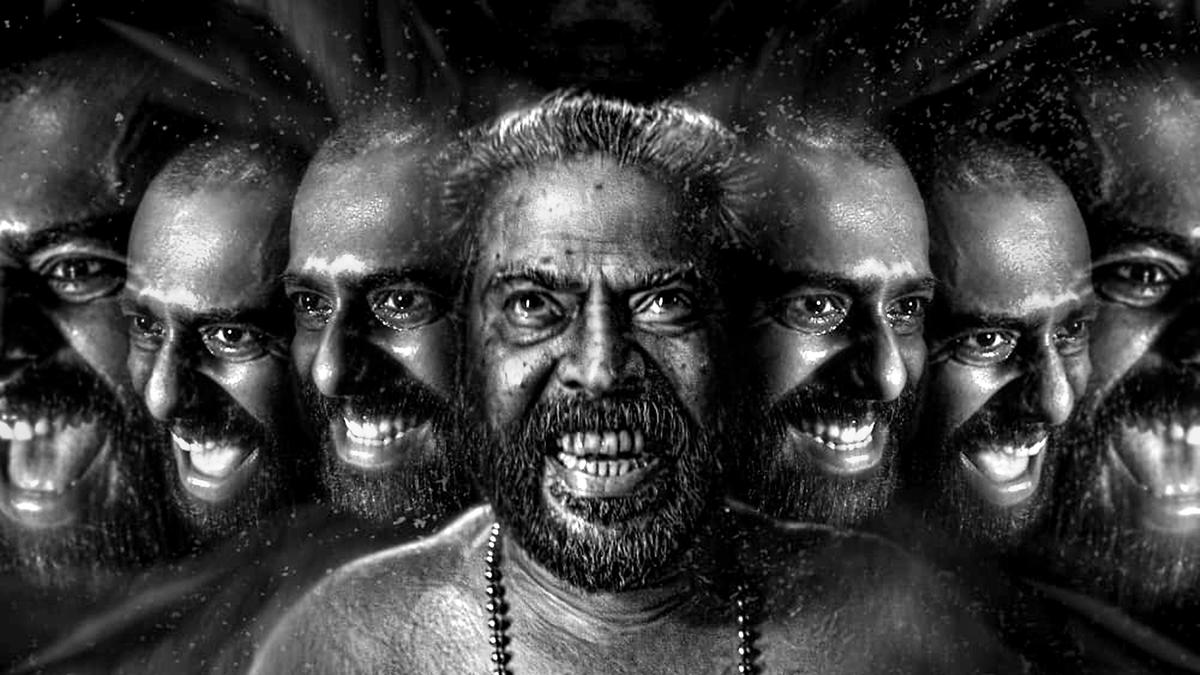
A promotional still from Bramayugam (2024)
I remember watching the Mammooty-starrer Bramayugam (2024) at a nearby multiplex in Chennai. The black-and-white film, a folk horror-thriller set in 17th century Malabar, is a visual masterpiece in monochrome, with the blacks and whites and the contrast between them crucial to the experience. But when the film started to play, everything just looked dull and grey. I was wondering if this was a deliberate choice from the filmmakers, so once I got home I checked the trailer of the movie on my phone. I was shocked to realise it looked completely different. I felt cheated.
Shehnad Jalal, the cinematographer of Bramayugam, agrees.
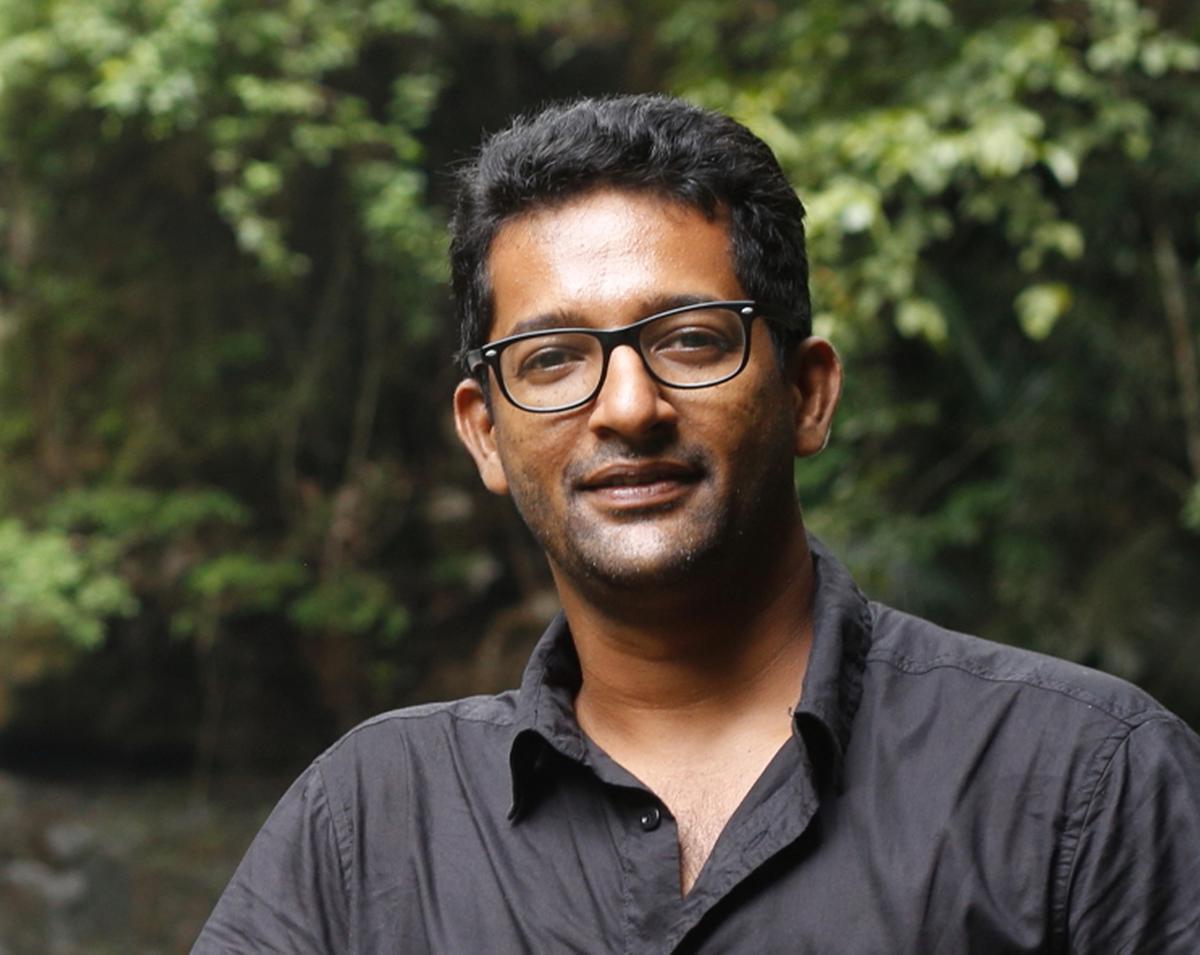

“It’s a nightmare for many cinematographers to see their film in the theatres. The brightness is low, the contrast is not there, sometimes the frame itself is cropped. It’s mainly at film festivals that we get to see it the way we intended.”Shehnad JalalCinematographer (‘Bramayugam’, 2024)
There are a few reasons for this kind of sub-par projection. At the core of this is the light source in most of these projectors, the lamp. These lamps steadily lose brightness as they age, and have a lifespan of a few months. Replacing the lamp can cost up to ₹50,000 depending on the model, and the theatre will have to do this for each screen, every few months. “Towards the end of its life, the lamp will start to deteriorate, and it won’t be able to provide full brightness any more. A little before that point, one must replace it. But theatres may wait till the lamp totally fades away,” says Kumar of Qube.
Sebastian C.V., projectionist at Surabhi Cinemas in Thrissur, Kerala, agrees. He says, “In some places, the projectionists may run the lamp for a couple hundred hours more than they are rated for. It’s an expensive component after all.” Needless to say, the projected image from a lamp on the verge of dying will be abysmal.
Compromising on brightness
Some exhibitors have been known to cut costs in other ways, too. One of them is to run the projector at a lower brightness, to prolong the life of the lamp. “Often, on the day of a movie’s release, they will run the lamp with good brightness,” says Sathesh Thulasi, associate vice president at Qube. “Then gradually they will decrease it.”
Recently, Kushan Patel, a film enthusiast and communications professional in Vadodara, went for a show of the blockbuster Sinners (2025), headlined by Michael B. Jordan, at his local multiplex, and noticed the projection was too dim. He rounded up some fellow viewers and complained to the manager. “After some denial and protests, they agreed and restarted the film with better brightness,” says Patel.
Theatre owners are probably banking on the fact that viewers won’t notice the difference. In the course of researching this article, I found that was indeed the case. Rather than dwell on the picture quality — or the lack thereof — the average viewer doesn’t seem tothink there is much of a problem in theatres. That said, some film technicians are optimistic about the situation slowlychanging. “Even a ₹10,000 Android phone has a good, bright screen. So the public has a better idea now, of how a picture ought to look,” says Manesh Madhavan, the cinematographer behind the atmospheric Malayalam film Ela Veezha Poonchira (2022).
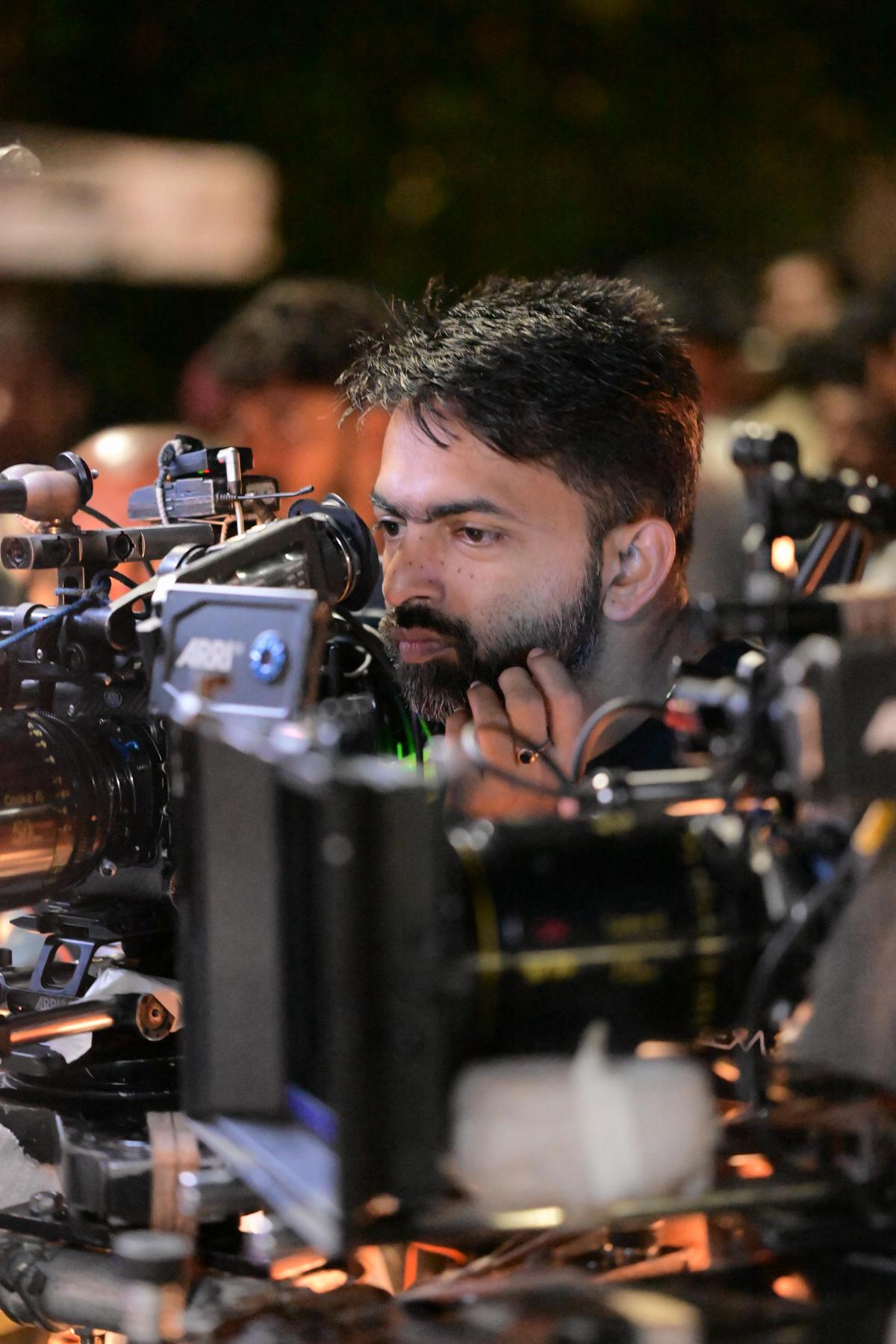
Manesh Madhavan, cinematographer of Malayalam film Ela Veezha Poonchira (2022).
Standardisation needed
Technicians have always railed against the poor quality of projection in theatres in India. In the days of film, the understanding was that theatres in ‘A centres’ — the big cities — would run their projectors bright, while B and C centres (smaller towns and villages) were known to run their projectors dimmer to cut costs. “So when they made prints for the A centres, they would make it correctly, for B centres they would make it one stop brighter, and for C centres they’d do two stops brighter, to try and compensate for the projection loss,” says Jalal.
With the advent of digital projection, those old equations are out of the window. You can encounter bad, dim projection in both cities and villages now. “When Ang Lee watched his film Life of Pi [2012] at Sathyam Cinemas in Chennai, he remarked that it was probably the best projection he’d seen,” says Devanshu Arya, a Chennai-based filmmaker, about the cinema theatre which was subsequently acquired by multiplex chain PVR-INOX. “But now the quality at Sathyam has deteriorated so much,” he adds.
PVR was at the forefront of the multiplex revolution in India, establishing the first multiplex in 1997 in New Delhi. As of December 2024, the merged entity of PVR-INOX operates 1,749 screens across 355 properties in 111 cities across India and Sri Lanka. When we reached out to them with queries about the number of laser projectors in their venues or the quality of projection, PVR-INOX declined to comment. Cinepolis, possibly the second largest exhibitor in India, operates 449 screens. We reached out to them too with similar queries, but did not hear back at the time of going to press.

Fans at a first day-first show viewing of Rajinikanth’s ‘Coolie’ in a Mumbai cinema hall in August.
| Photo Credit:
Getty Images
And yet, while the picture quality remains inconsistent, exhibitors are happy to spend on ostentatious interiors, recliner seats, gourmet food, and other bells and whistles. “Many theatres now have different priorities, they want to provide luxury amenities, but they don’t care about the core aspects of the experience,” says cinematographer Madhavan.
“Standardisation is what is needed,” adds S. Radhakrishnan, award-winning audiographer and sound engineer at the Kerala State Films Development Corporation, which runs 17 screens in the State. “Cinematographers and exhibitors’ associations all need to come together to put a system in place that will make sure that these films, which are made with so much effort and care, are presented to the viewers in the correct manner.”
Bramayugam’s Jalal agrees. “Just like they check for functioning fire exits and toilets and parking, they should also check the projection and sound quality of each theatre, periodically.”
Hope and technology
It’s not all doom and gloom, though. There are a few exhibitors who care enough to carry out regular maintenance of their projectors. And, there are technological advances that promise a better future.
While lamp projectors are still the vast existing majority, new installations and upgrades are more likely to be laser. Laser projectors are not automatically better, but there is a crucial difference in the economics of operating them.
While a lamp lasts for mere months, the life of a laser can be over 20,000 hours, translating to years of service before any replacement is required. This means there’s simply no need to run the projector at a lower brightness. “The cost of the laser projector [₹60 lakh-₹1 crore] is high, but there is no recurring cost. You can keep running it and even after seven years, you can get the same quality as the first show,” says Thulasi of Qube.
If you watch a movie in a theatre with a laser screen, chances are you’ll get a brighter picture compared to other venues. It’s the standard brightness but, unlike the other venues, actually delivered. The bar is so low that this will likely feel like an upgrade.
If you want to take things up a notch, there are “premium large format” screens like IMAX Laser and Qube’s homegrown EPIQ, both of which have a handful of installations across the country.
These formats use state-of-the-art laser projectors and can target a higher brightness, which when combined with the size of these screens can deliver a more impressive and immersive picture.
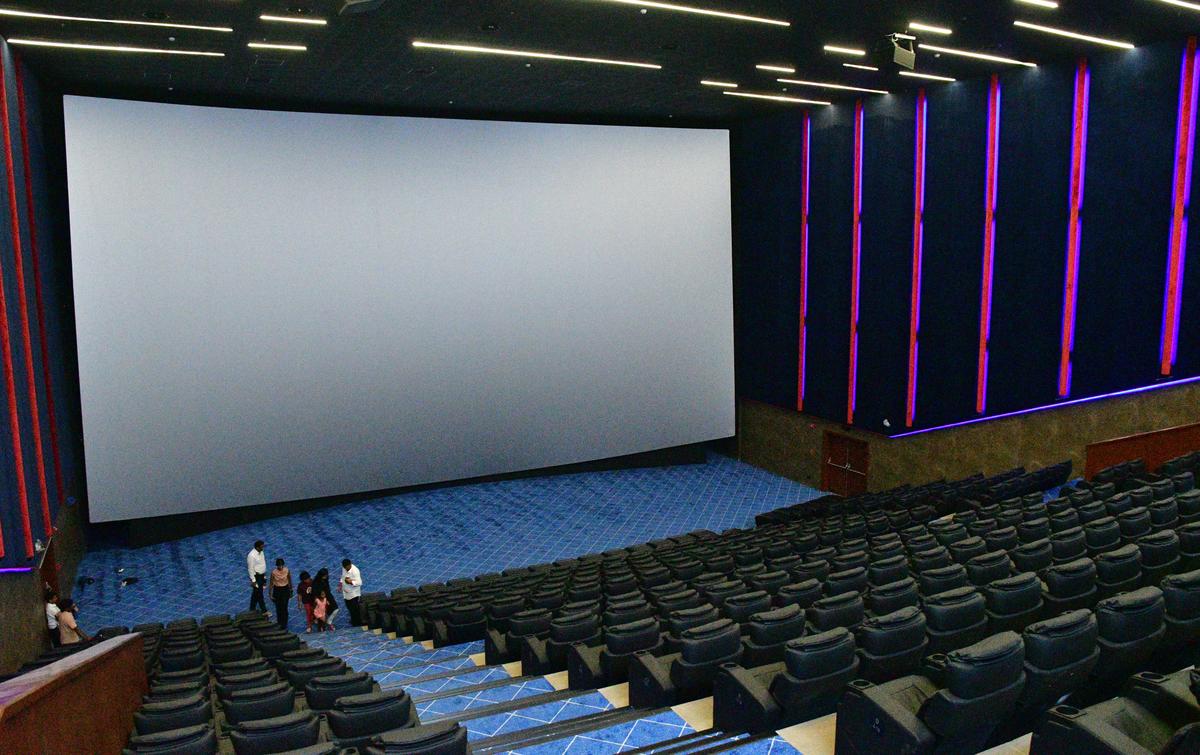
Broadway Cinemas in Coimbatore
| Photo Credit:
M. Periasamy
Sanju Surendran, a filmmaker who lives in the town of Palakkad on the Kerala-Tamil Nadu border, says he often travels to Coimbatore to watch films at Broadway Cinemas, a multiplex that has both large format and regular screens, IMAX Laser and Qube Epiq screens. “For movies like Oppenheimer and F1, I wanted to see them on a good screen, so it was worth it to drive down to Coimbatore. The projection and sound at Broadway are top class. Watching F1 at their laser IMAX, I really felt like I was sitting in the race car,” he says.
Tejal Satish, COO of Broadway Cinemas, explains how they maintain the projection standard: “Every screen is regularly calibrated for brightness, contrast, and colour accuracy. Our engineers follow strict preventive maintenance schedules, checking lenses, porthole glass, servers, and sound alignment before every major release.”
Setting new benchmarks
And finally, at the cutting edge are a few next-generation technologies that have made their tentative forays into India, promising a cinematic experience with unprecedented levels of quality. These include Dolby Cinema and HDR by Barco, which are both projection-based systems, and Samsung’s Onyx and Qube’s EPIQ Luxon, which use giant LED screens instead of projectors.
While they all cost many times what a regular laser projection setup does, and their numbers are small at the moment, perhaps more screens will be installed soon with these technologies?
They promise to set a new benchmark for cinema viewing in the coming years.
Samsung’s Onyx was first off the mark in India in 2018 with their LED screens, but their ambitious plans seem to have been stymied by the COVID-19 pandemic. Qube’s EPIQ Luxon has a similar LED-based system, which is currently installed in one venue in Hyderabad — AAA Cinemas in Ameerpet. For now, these screens are relatively smaller in size but there is promise of larger installations in the future. That said, LED consumes considerably more power and generates more heat (requiring more powerful air conditioning), so it’s unclear if widespread adoption is likely.
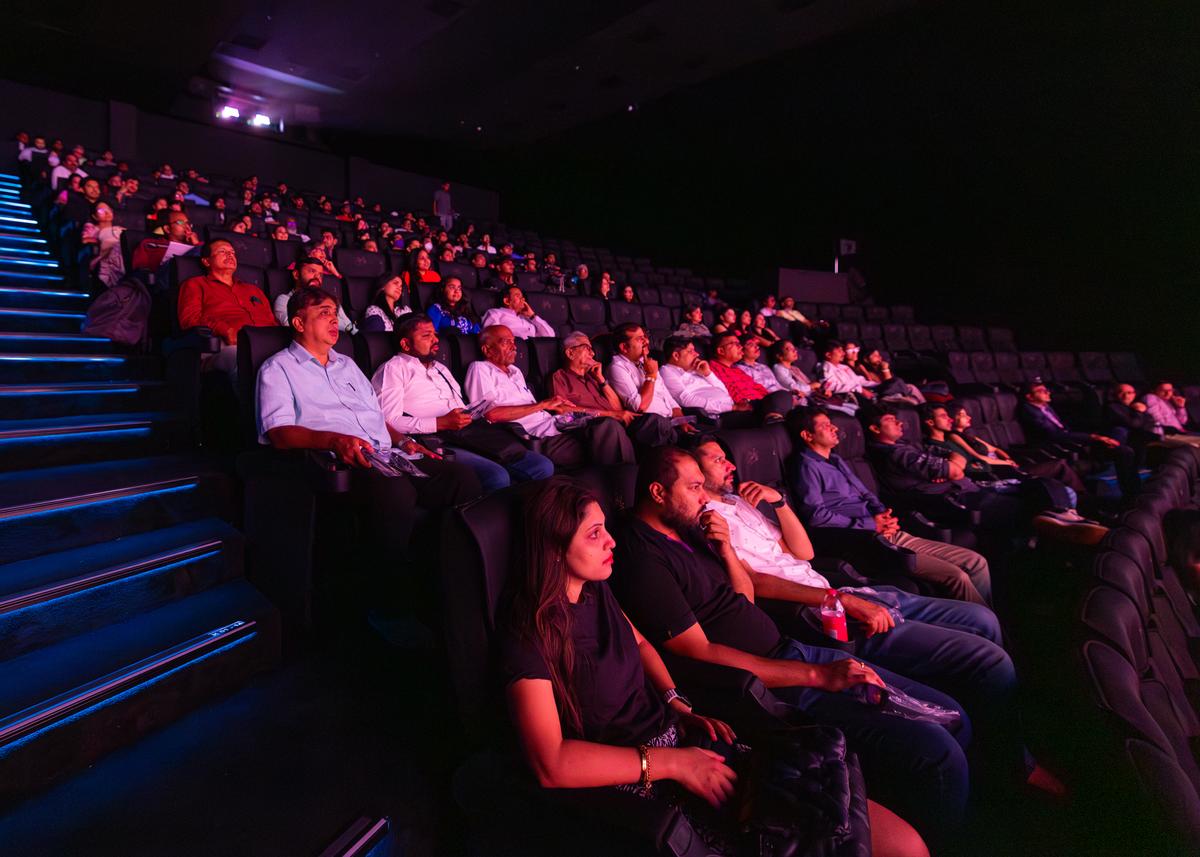
Audience at Pune City Pride’s Dolby Cinema screen.
Dolby Cinema made its India debut at the City Pride Multiplex in Pune this July. Apart from the greater brightness, it also boasts class-leading levels of contrast, and expertly tuned Dolby Atmos sound. “It is an elevated experience, both in terms of picture and sound,” says Girish Mallya, the Mumbai-based editor of a technology magazine. He watched the Brad Pitt-starrer F1 at City Pride. “What really stood out for me about the projection was the colour gamut and how deep the blacks were,” Mallya adds.
The screen is already drawing a good response from viewers. “One couple flew down from Bengaluru to watch F1 at our Dolby Cinema screen,” says Sudhan Thipse, Operations Manager at City Pride.
The newest player in this space globally is HDR by Barco. The Belgian projector manufacturer uses a patented technology that they call “light steering” to deliver an extremely bright image from a projection setup, with a high dynamic range.

Projection-based system HDR by Barco made its India debut at Sri Melody theatre in Visakhapatnam.
HDR by Barco made its India debut at Sri Melody theatre in Visakhapatnam in May, and I went to watch the Telugu film Kingdom there. Even on a weekday morning, the theatre was packed. I sat through the whole show despite not understanding a word, because it was truly the most dynamic and dazzling picture I had seen in any cinema theatre. The brightest parts of the picture were dazzling, and even the darkest of shadows retained a great deal of detail and texture.
Dasari Gowri Shankar, manager of Sri Melody, tells me, “Now, when any movie releases in the city, our screen fills up first because people know that there is something special about the experience.”
And this right here is reason for hope. When more and more people start choosing theatres with better projecion, even travelling to a different state for it, perhaps that will serve as a wake-up call for the incumbents to improve their offerings, or risk losing their customers.
The writer and photographer is based in Chennai.








